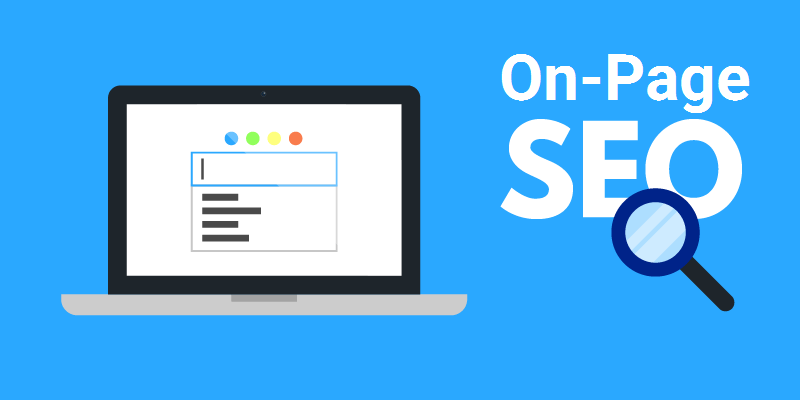
Whenever someone talks about On-Page SEO, the things that pop into our minds instantly are keywords, title tags, description etc. But how to do the right on-page SEO in one go? How to make your website more SEO friendly? If you want to know the proper techniques of on-page SEO then have a look on the below infographics. It beautifully describes the checklist to increase the ranking of your website and to bring more traffic.
Here’s what I get about on-page SEO strategies from this infographic:
Use SEO-Friendly URLs
Google pays emphasis only on the first three or five words in a particular URL. So, make your URL small and precise. And don’t forget to add your targeted keyword in it.
For example, Use www.getseoinfo.com/on-page-seo-techniques
Instead of getseoinfo.com/12/65/p=9/on-page-seo-techniques
Always start your title with a keyword
Title tag plays an important role in on-page SEO. Make sure you always put your target keyword in the beginning of the title tag.
Wrap your title in an H1 tag
H1 is considered to be a “headline tag”. In CMS’s like WordPress, there’s a default setting due to which all titles are of the H1 tag. But if you’re using any other CMS then set your title to H1 tag through coding.
Add Modifiers to your title
To get your website rank for a long tail version of your targeted keyword, add modifiers to your title like “best”, “review”, “most” etc as per your need.
Go for Responsive Design
In 2015, Google started penalizing unresponsive or mobile unfriendly websites. Google can even block your website, so make a responsive website so that it can be mobile friendly.
Use Outbound Links
This is one of the easiest white hat SEO technique to get more traffic on the website. These links related to a particular page helps Google to understand your page’s topic. It tells Google that your page has got quality information.
Use Internal Links
Internal linking in blogs is important. It helps viewers to read more through one blog. You can use 2 or 3 internal links in every post.
Go for Multimedia
Instead of using the text you can go for videos, images, graphs, diagrams etc. Multimedia not only reduces your website’s bounce rate it also helps in increasing the time spent by a viewer on the site, which are the two most critical user interaction ranking factors.
Use LSI keywords
Latent Semantic Indexing keywords are synonyms that help Google to determine a page’s quality. Use them in your each and every post.
Place your keyword in first 100 words.
Your targeted keyword must appear in the first 100-150 words of your blog.
Use Social Media sharing buttons
Social sharing doesn’t play an important role in ranking your site. Instead, it generates more views for your content. And more the views you get, more the chances that someone will subscribe your website. Hence, without a hesitation place your social sharing buttons on the website. In fact, according to a study done by BrightEdge, found that there is 700% increase of content sharing due to social sharing buttons.


